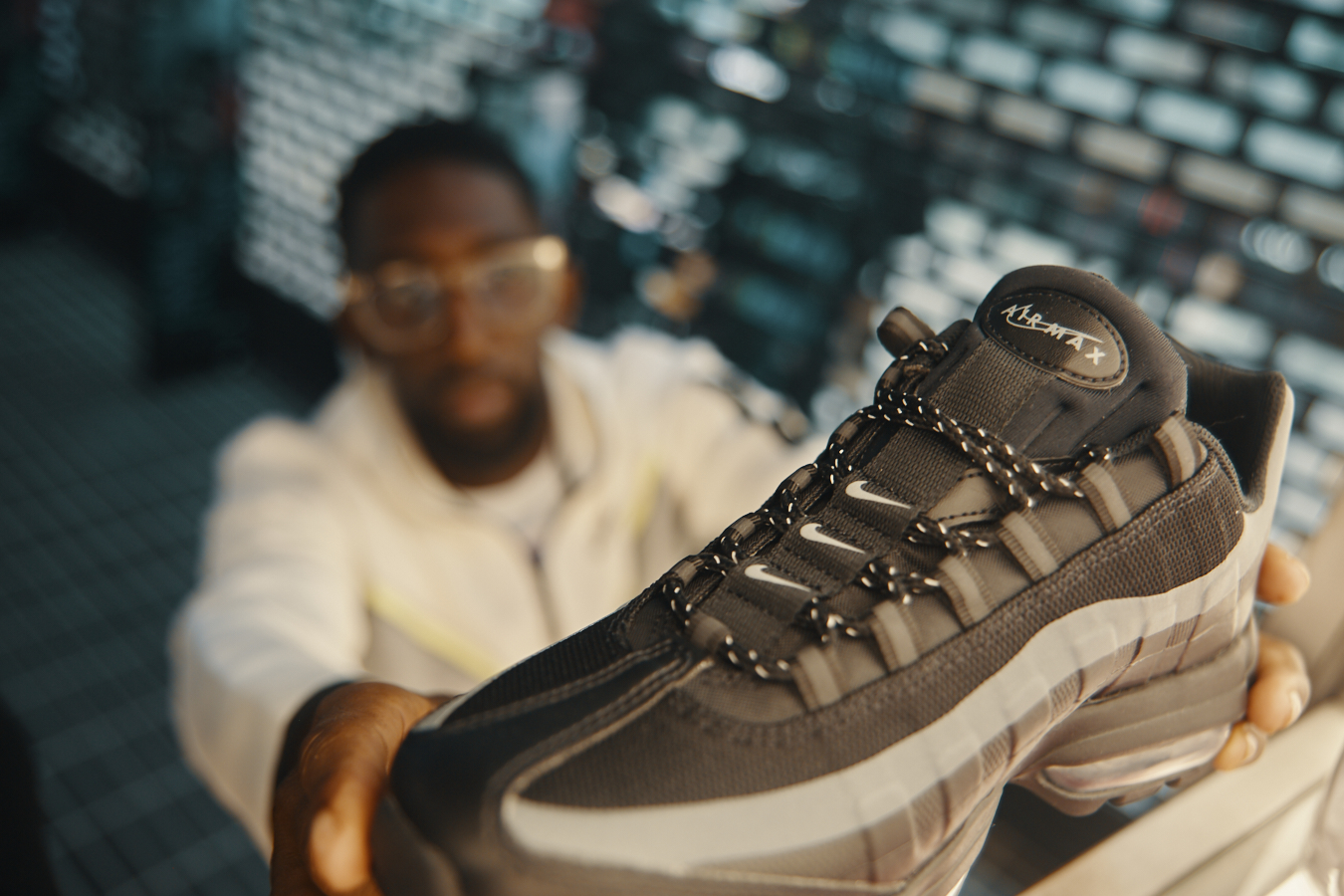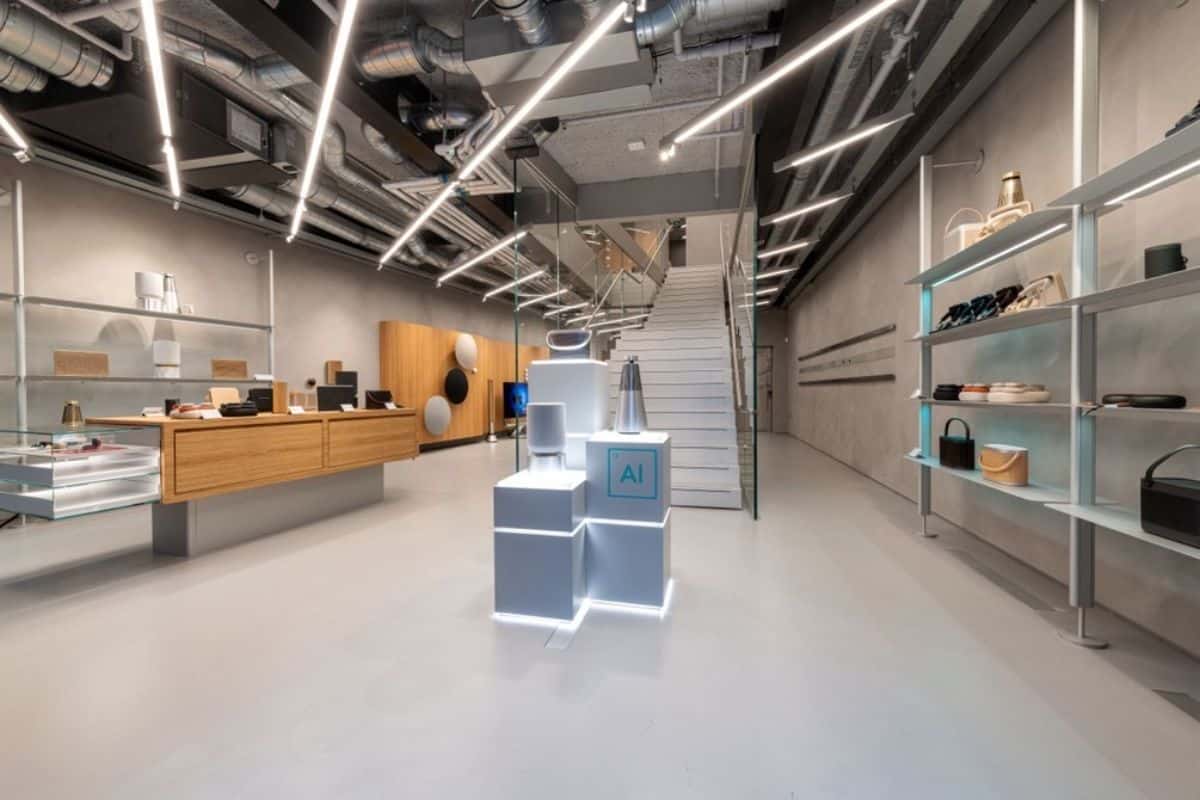JD Sports was ranked Elite in this year’s RetailX UK Top500 for the first time. For the report, Chloe Rigby heard from Sherilyn Paterson, group operations director at JD Group, about the multichannel strategy behind the company’s success.
The self-styled “King of the Trainers” JD Sports is working towards an ambitious target: to become the “leading global sport fashion powerhouse”. Putting the omnichannel customer experience at the heart of the business is key to achieving that, says Sherilyn Paterson, group operations director at the brand’s parent company JD Group. That means investing to support JD’s new five-year strategy. That strategy has four main pillars – JD brand first, complementary concepts, beyond physical retail, and people, partners and communities. The customer experience is key to this strategy.
“‘Beyond physical retail’ means placing the omnichannel customer at the heart of everything we do,” says Paterson. “We continue to upscale our investment, both in our people and our digital capabilities, to drive internal operating efficiencies while improving the customer experience.”
This is not just about digital initiatives. The retailer is opening between 250 and 350 JD brand stores a year around the world, since they are “key for brand awareness and our focus on exceptional in-store experiences”.
Recent examples of the strategy include JD’s relaunch of click and collect, a “significant expansion” in using mobile payment devices to reduce in-store queues and the ongoing construction of a new state-of-the-art warehouse in Holland, which will help reduce delivery times within Europe. All of these initiatives in turn add value to the business.
“Together, these investments continue to improve the customer experience, while increasing the average order value in turn,” says Paterson.
These comments come as the sports fashion retail brand is this year ranked Elite in the RetailX Top500 for the first time. The company started out in 1981 with a single shop, in Bury, Greater Manchester, run by founders John Wardle and David Makin. From this small beginning, it has grown into a global business, the JD Group, with more than 25 sports fashion and outdoor brands in the UK, North America and Europe.
JD Sports’ sister brands include size?, Tessuti, Go Outdoors, Blacks and Milletts in the UK, Finish Line in the US and Sport Zone in Portugal. Together its brands have 3,400 stores around the world, including 414 JD stores in the UK and Republic of Ireland. In its latest full-year, to January 29 2022, the group reported record pre-tax profits of £654.7m (+102% year-on-year) on turnover of £8.6bn (+38.8%).
Understanding how JD customers want to buy
Paterson says that on a normalised sales split, just under a third (30%) of JD Sports’ sales now take place online, and 70% in-store. It’s important, she says, to give shoppers the choice of buying in the way that suits them.
“The way that our customers shop comes down to personal preference so, as retailers, we need to provide them a range of options that suits their lives and needs,” says Paterson. “Some customers will research online and then buy in-store, while others prefer the instantaneity of an app.”
She adds: “As consumers become increasingly discerning, we are always looking for ways to strengthen our ability to provide a compelling and differentiated omnichannel experience.”
This year, the retailer is planning the launch of its new loyalty card in the UK. The card will give JD a single view of its customers and enable a more personalised approach to engagement.
Last year, JD worked with partner brand Nike to launch Nike Connect. This is an opt-in programme for JD customers that they access through the JD mobile app – available both for iOS and Android – and which gives them access to an extra range of Nike products.
“The programme enhances our strong customer connections through best-in-class retail experiences and early access both in store and online to a select range of additional products,” says Paterson. “The partnership, which was a European first, is a great example of how we work with our partners to bring customers an exceptional product offering and seamless omnichannel experience.”
Sheltered from the rising cost of living
JD says it is successfully navigating a challenging market because it serves a group that is relatively unaffected by the wider economy. “JD operates in the strongest part of the sport and fashion market, and our target customers have an increased buying power due to their younger demographic and lower unemployment figures,” says Paterson.
“We have found our customers, typically 16 to 24, have proven resilient and more sheltered against the impacts of increased cost of living. The products we sell are a very important part of their lifestyle and identity, so they will prioritise this expenditure.”
When RetailX asks for a key piece of advice for others aiming to follow in JD Sports’ footsteps. Paterson says it’s all about the customer. “Know your customer inside and out. Give them what they want and anticipate their future needs. We know that our customers don’t want others to dictate what they are doing, or what they are wearing. They want choice of the best product – on an exclusive basis – and to be able to navigate between brands, to discover new brands, and to be in an environment where the staff look like or are their friends.
“Everything we do revolves around our customer, and that is what has allowed JD to grow from a single shop in the north of England, to a global powerhouse.”
This interview originally appeared in the RetailX UK Top500 2023 report. Download the ninth edition of the ranking report to discover:
- Strategic overview of the UK ecommerce market
- The Top 500
- Analysis: The Customer Value Chain
- Analysis:The Product Value Chain
- Analysis:The Operations Value Chain
- Analysis:The Capital Value Chain
- Why Elite and Leading retailers are so good
- New retailers that have broken into the Top500
- Case study: Dunelm, Toolstation, Yours Clothing, Cass Art, MenKind, The Works, Very, Swarovski











